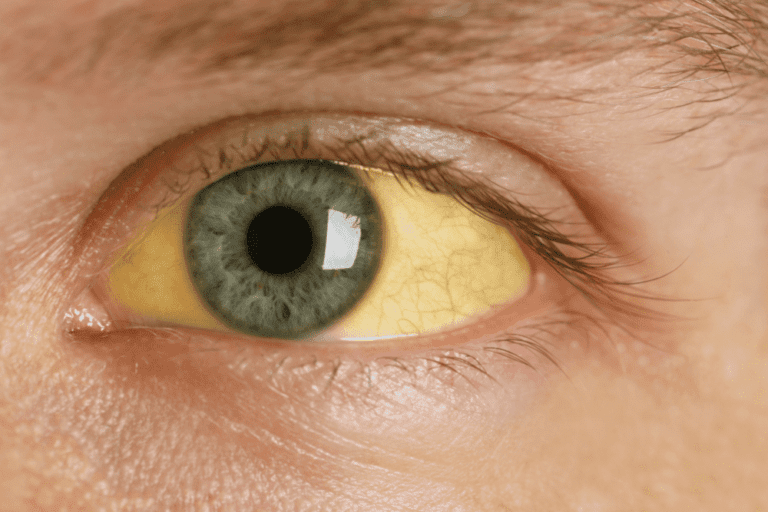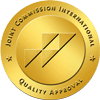What Do Meth Eyes Look Like?
- September 25, 2022
- Prosperity Haven
- Addiction Treatment

You may have heard of “Meth Mouth” and other negative physical signs of methamphetamine addiction, including damage to the skin and hair follicles. However, one of the signs talked about less often is Meth Eyes. This is probably because Meth Eyes is a group of symptoms that may seem less extreme or noticeable when compared to other symptoms of meth abuse. However, the truth is that meth (also known as methamphetamine or crystal meth) can have both short-term and long-term effects on your eyes and vision. This is just one of many reasons that meth addiction needs to be identified as early as possible so that treatment can be provided.
In this guide, we will answer all of your questions about the effects of meth on the eyes. We will also provide you with the resources you need to seek out help for meth addiction. Remember, if you or someone you love is struggling, you can always find help from the experts at Prosperity Haven.
What Are Meth Eyes?
Meth eyes, sometimes known as Crystal Meth Eyes, refers to a wide range of signs and symptoms associated with meth abuse. When you look into the eyes of a meth user, you will typically see dilated pupils, yellowing of the eyes, and increased visibility of the blood vessels in the eyes. While someone with Meth Eyes may not show all of these signs, two or more of these signs are a good indication that the person is probably abusing meth or a similar drug.
It is also important to note that these are typically the signs of someone who is either currently high on meth or someone who has very recently come down from a meth high. Once the drug wears off, many of the short-term symptoms of Crystal Meth Eyes go away. However, regular users of meth will have to deal with serious long-term effects (more on that later), as well as the possibility that some of these symptoms may stick around for a long time. For example, many people who have used meth for years have permanent or semi-permanent yellowing of the eyes and enlargement of the blood vessels in the eyes.

What Does Meth Do to Your Eyes?
Methamphetamine eyes are a group of symptoms of meth use that all affect the eyes of the user. Below are the most common signs:
Meth Pupil Dilation
As mentioned, meth pupil dilation is by far the most common symptom of use of this drug. This simply means that the dark center of the eyes becomes much larger than usual. Meth pupils usually go away after the drug has worn off. On average, it can take anywhere from 4 to 6 hours after the meth was taken for the pupils to return to their normal state. For this reason, if you notice someone who has dilated eyes and other signs of meth use (high energy, paranoia, euphoria, etc), then there is a good chance that they have used the drug very recently. Pupil dilation is also a common side effect when other substances are abused.
Crystalline Retinopathy
Crystalline retinopathy encompasses a wide array of conditions that can occur in the eyes due to underlying health conditions, genetics, or drug use. The condition results in crystalline deposits in the eyes, though the underlying cause can also affect how these crystals look and evolve. Since meth causes the crystals to often be yellow, people tend to have an overall yellowing of the eyes on meth use. However, yellow crystals in the eyes can also occur with age, so it is not a definitive sign of meth abuse on its own.
If crystalline retinopathy is allowed to progress, it can lead to some or all of the following issues:
- Deteriorating vision
- Night blindness
- Sensitivity to light
- Uncontrollable twitching of the eyes or eyelids
Does Meth Make Your Eyes Red? Retinal Vein Occlusion
Retinal vein occlusion happens when a blood clot blocks the flow of blood to the veins in the eyes. Like crystalline retinopathy, this can occur as a result of underlying health issues or drug abuse. When it is caused by meth, the onset of retinal vein occlusion is often much faster, which can lead to more serious complications arising over a shorter time span. The most common result is partial or complete blindness. While this condition can be treated to prevent or delay blindness, it will still result in symptoms like red eyes, large red patches near the retinas, and enlarged veins in the eyes.
Additional Symptoms of Methamphetamine Eyes
In addition to meth pupils, and the other symptoms and conditions we have already discussed, meth can also have a few more effects on the eyes. For example, rapid eye movement is extremely common among people who are currently experiencing the effects of meth. Blurred vision can also happen during this period or shortly after the drug has worn off. Typically, blurred vision is an early sign that more serious vision problems could occur with continued drug abuse.

Seek Help if You Are Suffering From Meth Eyes
As you might imagine, it is difficult to treat Meth Eyes without treating the meth addiction that is causing it. And unlike issues like Meth Mouth, Crystal Meth Eyes cannot be avoided with changes in personal habits such as better dental hygiene. If you use methamphetamine regularly, you will likely experience negative effects on the eyes.
If are struggling with meth addiction, you should seek out help as soon as possible. Additionally, try to develop a support system among friends and family. If you have a loved one who is struggling with meth addiction, remember to practice compassion. Let them know that you are on their side and you want to help. Once they have accepted that they are dealing with addiction, they have already taken the first step toward recovery.
Fortunately, if you opt for high-quality drug rehab or a residential drug treatment program, you greatly increase the chances of helping yourself or your loved one get over the meth addiction for good.
Are you, your child, friend, coworker, parent, or spouse struggling with a meth addiction? Are you looking for drug rehab options that target each patient’s specific needs? With a wide range of effective treatment options, Prosperity Haven is here to guide you on the recovery journey. Contact our experts to learn more.






